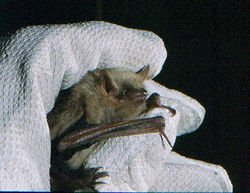American
White Ibises (Eudocimus albus) is found at mid-Atlantic and Gulf Coast of the United States.
 |
| Picture: Marcelle Daoud |
It
is considered a monogamous species of bird, however some behaviors of extra
pair copulation already have been noted.
This
species has sexual dimorphism between males and females. Males have larger
bodies than females, and also they have longer bills. These
sexual differences can influence in different kind of behaviors between the
sexes.
The American White Ibises usually feed on aquatic insects, small fish, crayfish, and other types of aquatic life.
 |
| Picture: Marcelle Daoud |






